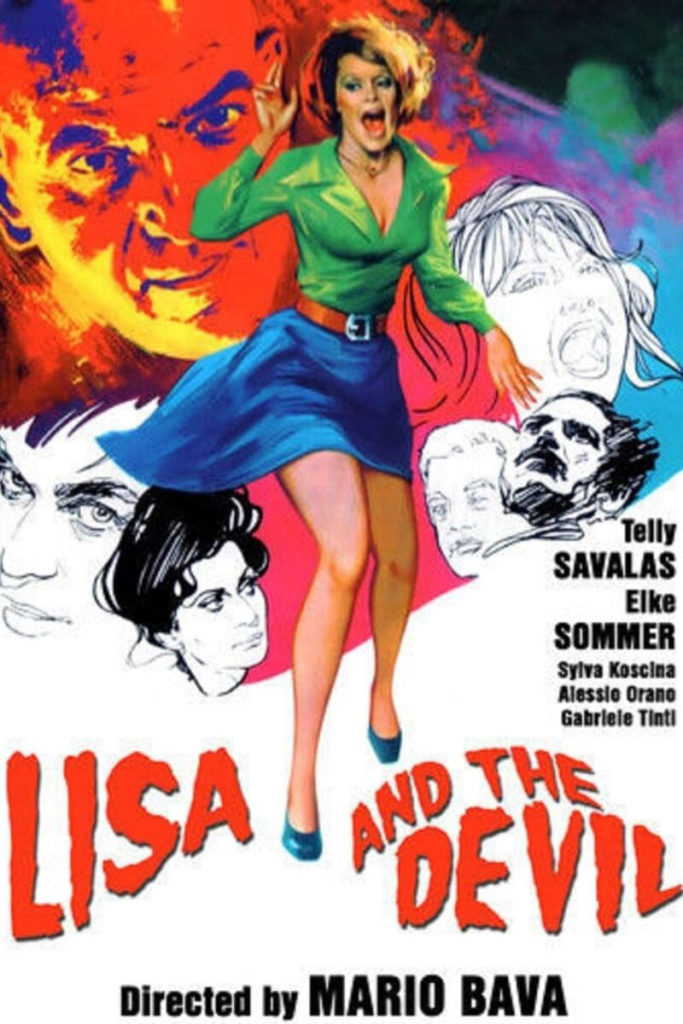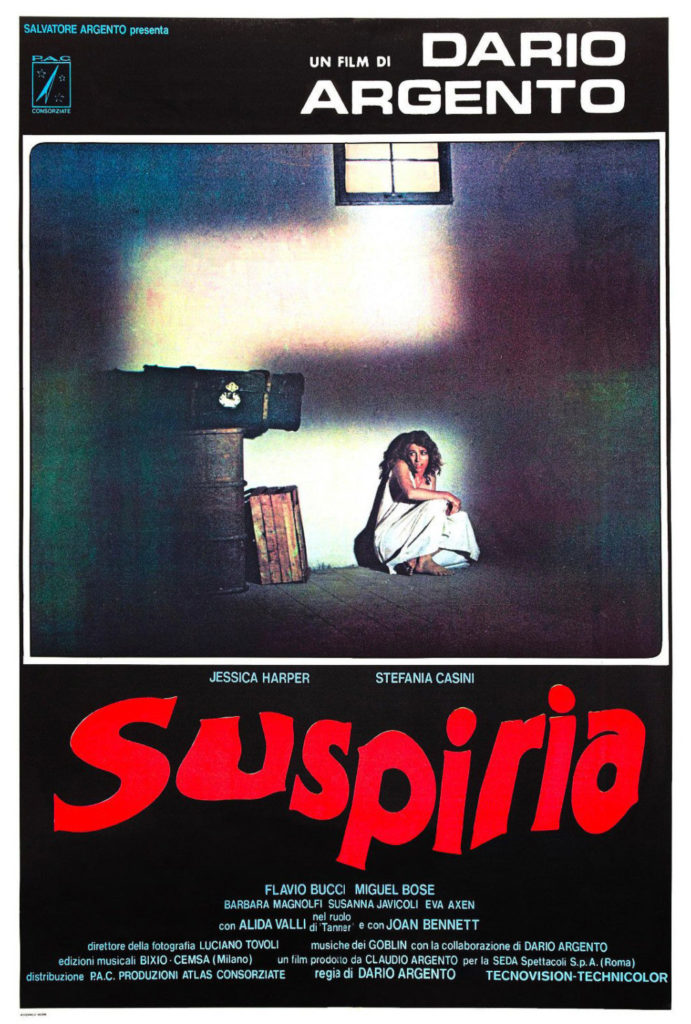 Lisa and the Devil, the 1973 film from Italian auteur Mario Bava, has become one of his more renowned films in the last couple of decades. I first saw it around twenty years ago with a roommate who was watching it for her film class at NYU. Upon release, though, it was a butchered product, with a framing story shot and added after Bava delivered his cut. Of this film, which had been released under the title of La Casa dell’esorcismo (House of Exorcism), Bava said, “La casa dell’esorcismo is not my film, even though it bears my signature. It is the same situation, too long to explain, of a cuckolded father who finds himself with a child that is not his own, and with his name, and cannot do anything about it.”
Lisa and the Devil, the 1973 film from Italian auteur Mario Bava, has become one of his more renowned films in the last couple of decades. I first saw it around twenty years ago with a roommate who was watching it for her film class at NYU. Upon release, though, it was a butchered product, with a framing story shot and added after Bava delivered his cut. Of this film, which had been released under the title of La Casa dell’esorcismo (House of Exorcism), Bava said, “La casa dell’esorcismo is not my film, even though it bears my signature. It is the same situation, too long to explain, of a cuckolded father who finds himself with a child that is not his own, and with his name, and cannot do anything about it.”
That’s some pretty strong language. But, he wasn’t referring to the film that was eventually released as Lisa and the Devil. He was referring to a cobbled-together mess insisted upon by the film’s producer, Alfredo Leone, who wanted a whole bunch of exorcism-related material added to an already completed film in order to cash in on William Friedkin’s Exorcist. This year’s Horrorshow is not concerned with that movie.
Lisa and the Devil follows Elke Sommer as Lisa, a tourist who gets lost in the wandering, narrow streets of old Toledo, Spain. She hitches a ride from a rich, married couple, Francis and Sohpia Lehar (Eduardo Fajardo and Sylva Koscina), and their chauffeur, George (Gabriele Tinti). The Lehar’s old limo breaks down in front of a villa, and they are invited in by the Countess (Alida Valli) and her son, Max (Alessio Orano). In a bit of stunt casting, the Countess’s butler, Leandro, is played by Telly Savalas. Continue reading “Lisa and the Devil”

 A viewer would hard-pressed to find a more beautifully shot, atmospheric horror film than Dario Argento’s Suspiria. Argento’s, and cinematographer Luciano Tovoli’s, vivid production has become legend among horror fans, and for good reason. The film exists within a reality all its own, shifting back and forth between dreamlike and nightmarish, soft and menacing, as the situation requires. No study of horror films, and film in general, is complete without seeing this classic.
A viewer would hard-pressed to find a more beautifully shot, atmospheric horror film than Dario Argento’s Suspiria. Argento’s, and cinematographer Luciano Tovoli’s, vivid production has become legend among horror fans, and for good reason. The film exists within a reality all its own, shifting back and forth between dreamlike and nightmarish, soft and menacing, as the situation requires. No study of horror films, and film in general, is complete without seeing this classic. How presumptuous of me. I didn’t realize how classic this film was when I decided to watch it for a review. How does one review an acknowledged work of art? What more could I add to the conversation but my own ignorance? Academic papers have been written about this movie. In contrast, I have no credentials or expertise. I have never been employed as a film critic. This film, and its potential viewers, do not need me to affirm that it is indeed an indispensable piece of cinematic history. Were I to point out flaws or even offer gentle criticism, it could be dismissed out of hand as the scribblings of an amateur. That’s how good The Third Man is.
How presumptuous of me. I didn’t realize how classic this film was when I decided to watch it for a review. How does one review an acknowledged work of art? What more could I add to the conversation but my own ignorance? Academic papers have been written about this movie. In contrast, I have no credentials or expertise. I have never been employed as a film critic. This film, and its potential viewers, do not need me to affirm that it is indeed an indispensable piece of cinematic history. Were I to point out flaws or even offer gentle criticism, it could be dismissed out of hand as the scribblings of an amateur. That’s how good The Third Man is.